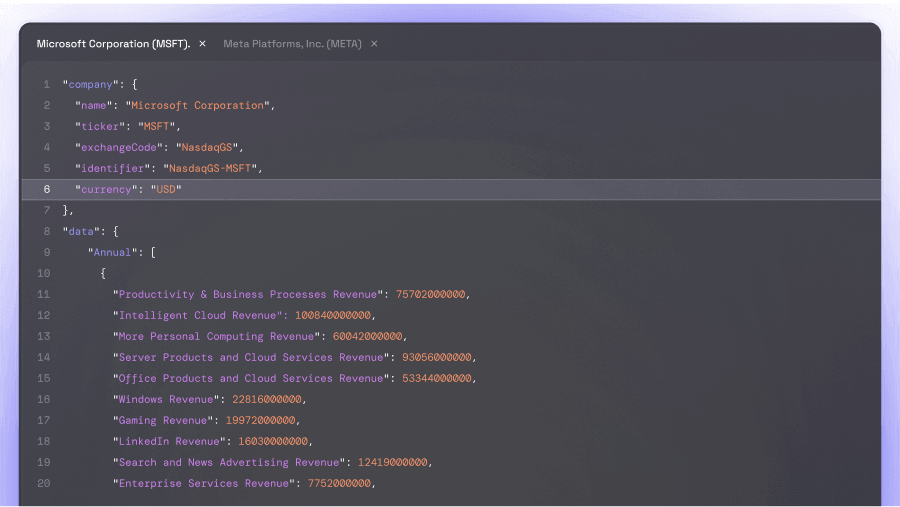### What Is Qtum (QTUM)? Qtum (QTUM) is a blockchain technology that combines the strengths of Bitcoin and Ethereum while introducing its own unique features. Eulerpool provides detailed insights and analytics for Qtum, offering valuable information for investors and developers alike.
Qtum is a decentralized blockchain network that facilitates smart contracts through the Ethereum Virtual Machine. While the blockchain is built on Bitcoin’s UTXO model, it employs proof-of-stake for consensus. As a hybrid project that incorporates the strengths of both Ethereum and Bitcoin, Qtum can integrate future updates from these projects, supplementing them with its own innovative developments. Qtum is genuinely decentralized, without relying on "delegated" proof of stake or other forms of masternodes to enhance speed artificially. Participation in the transaction validation process is open to anyone with an internet connection and a device capable of running a node, without the necessity of owning coins or voting for a centralized validator. The network targets block times of approximately 32 seconds and can store up to 8000kb of data per block. With the inclusion of SegWit, Qtum can achieve throughput of up to 1100 transactions per second. Leveraging its Bitcoin foundation, a Layer2 network can potentially scale this to "millions or billions" of transactions per second using the Lightning Network. Qtum supports multiple token standards, including its version of Ethereum’s ERC-20, known as QRC-20, and has also integrated the BRC-20 standard introduced on Bitcoin, which it refers to as qBRC-20. With added NFT support, Qtum provides developers with more capabilities than Bitcoin or Ethereum can offer individually. For more detailed information about this project, explore our comprehensive analysis of Qtum on Eulerpool.














